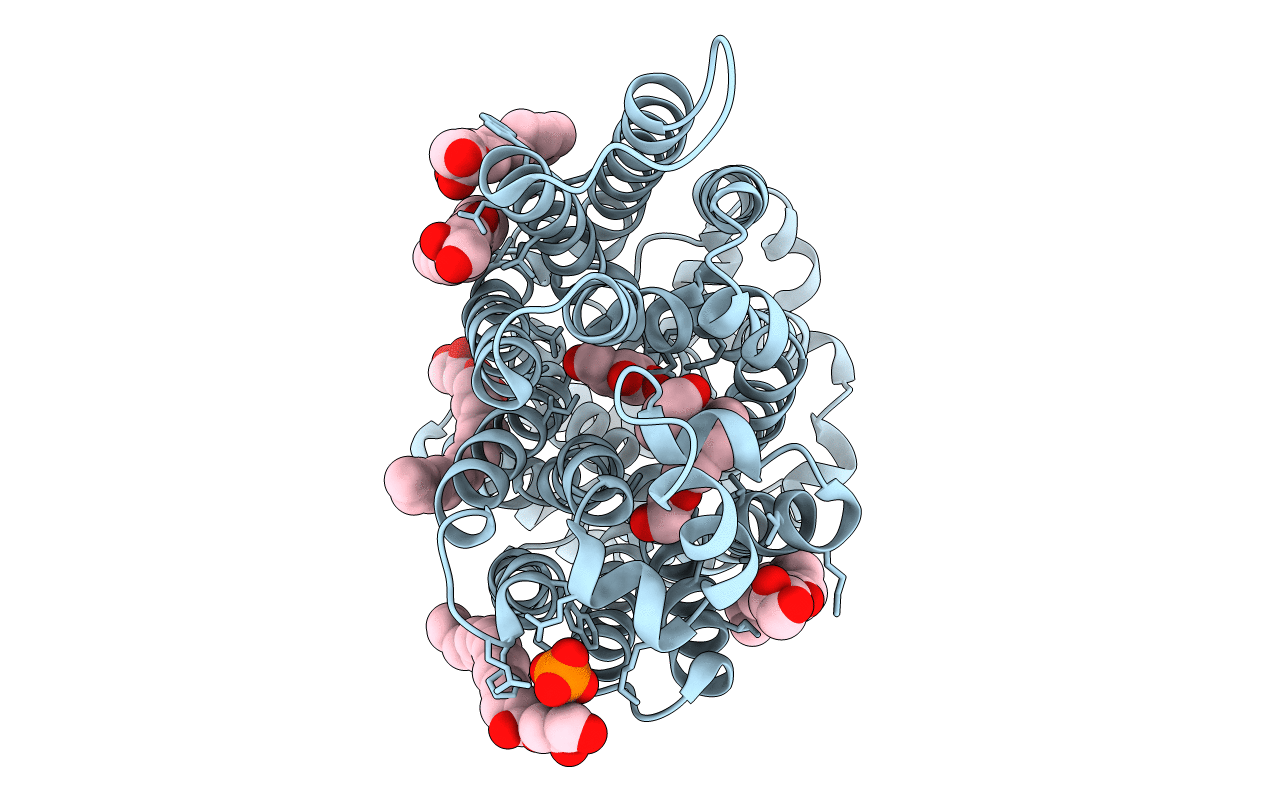
Deposition Date
2018-07-31
Release Date
2019-02-06
Last Version Date
2024-10-09
Entry Detail
PDB ID:
6H7D
Keywords:
Title:
Crystal Structure of A. thaliana Sugar Transport Protein 10 in complex with glucose in the outward occluded state
Biological Source:
Source Organism:
Arabidopsis thaliana (Taxon ID: 3702)
Host Organism:
Method Details:
Experimental Method:
Resolution:
2.40 Å
R-Value Free:
0.26
R-Value Work:
0.20
R-Value Observed:
0.20
Space Group:
P 1 21 1


